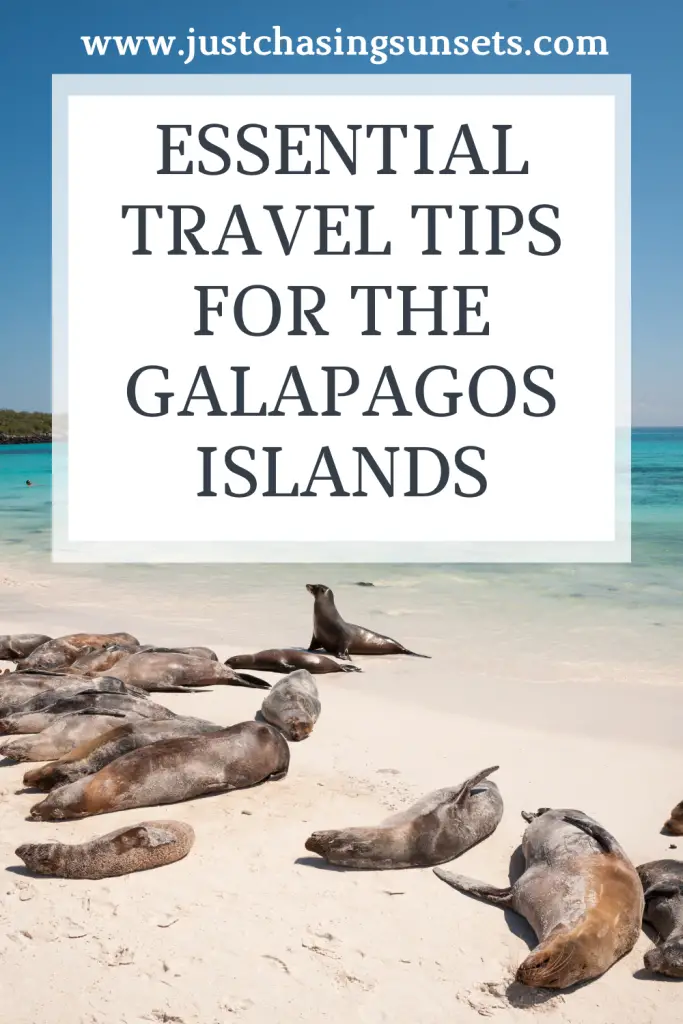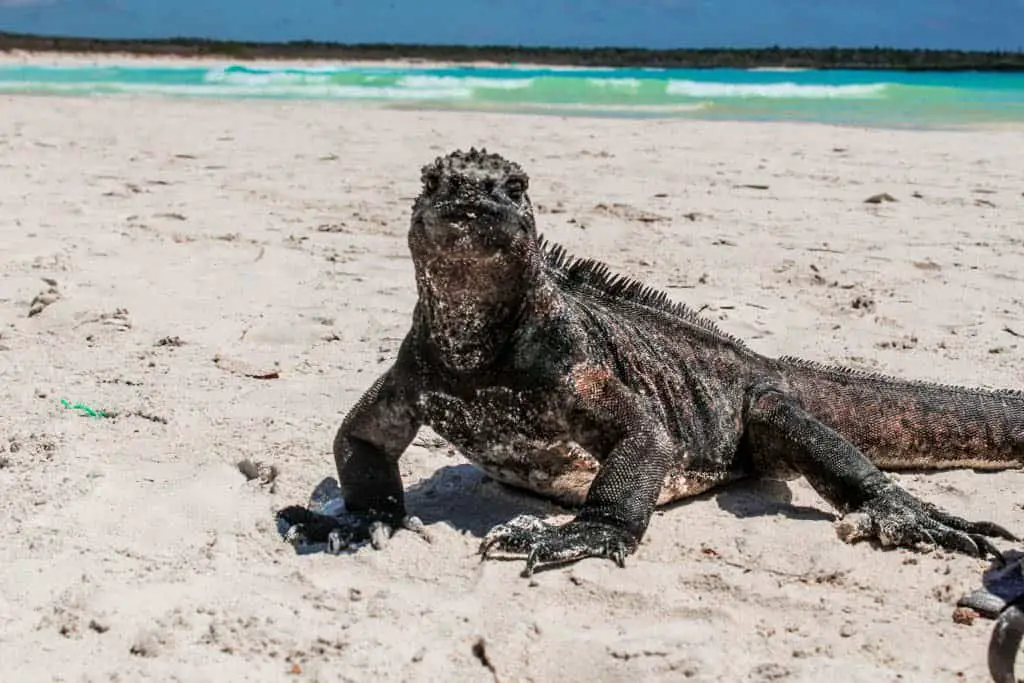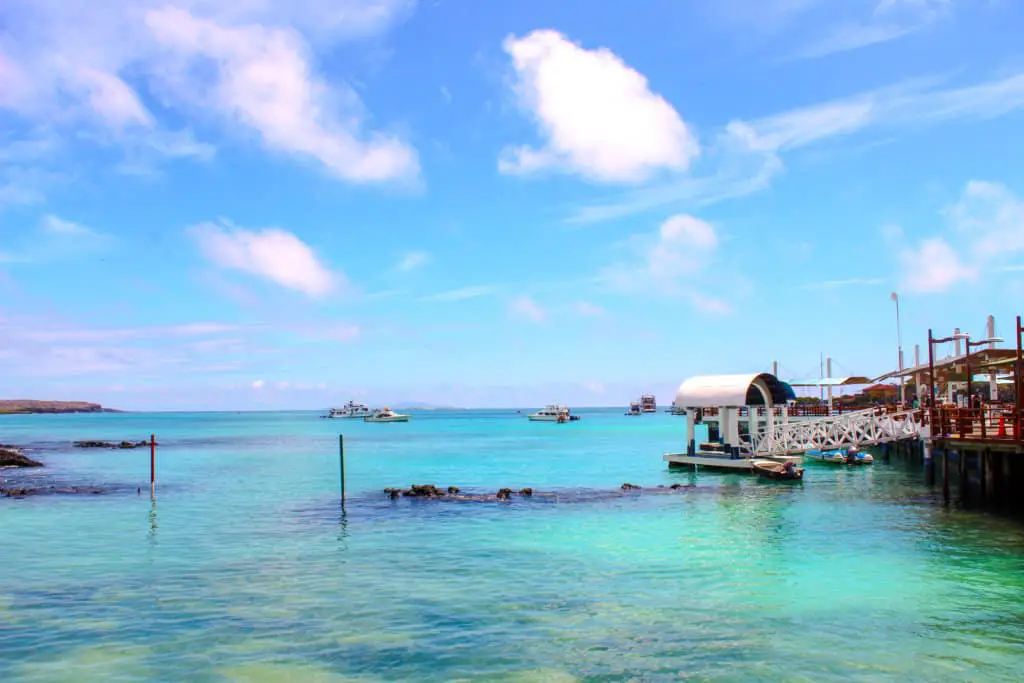Blog, Destinations, Ecuador, South America
10 Galapagos Travel Tips You Need to Know Before You Visit
A trip to the Galapagos Islands is a once-in-a-lifetime adventure. The archipelago is fantastic for nature lovers, but exploring them responsibly is essential. This means being careful not to harm the unique environment and wildlife. To help you have the best experience while keeping the islands safe for its inhabitants (human and otherwise), I’ve put together some simple tips for planning your Galapagos trip. From knowing how to get around to respecting the wildlife, these Galapagos Islands travel tips will ensure an enjoyable experience while protecting this special place.
This post contains affiliate links, which means that, at no additional cost to you, I will earn a tiny bit of income if you decide to make a purchase or booking.
solo female Travel Resources
- Book your flight to San Francisco with Skyscanner
- Get reliable travel insurance with World Nomads
- Find awesome accommodation with booking.com or Hostelworld
- Book your rental car with Discover Cars
- All of my favorite travel and photography gear
- Read the ultimate guide to solo female travel
The Best Way to Visit the Galapagos Islands
One decision you’ll need to make early in the planning process is how you plan to see the Galapagos Islands. Initially, I thought the only way to see the Galapagos Islands was on a cruise ship. However, I soon realized that you can also plan a combination of land-based tours and day tours to different islands!
Benefits of a Galapagos Islands cruise include seeing much more remote and uninhabited islands than you could with a self-guided or land-based tour. These live-aboard cruises are also incredibly popular amongst divers. However, these cruises are pretty expensive, and if you don’t dive, it may not be worth it!
Alternatively, you can book guided land-based tours, often including day tours to different islands. This is a bit more budget-friendly!
The third option is to DIY your trip like I did!
Ultimately, the best way to visit the Galapagos Islands is the one that fits your budget, travel style, and desired experiences. No matter your choice, you will have the trip of a lifetime!

The Best Time of the Year to Visit the Galapagos Islands
As the Galapagos Islands are located on the equator, the weather is steady throughout the year. However, the archipelago experiences two distinct seasons: the warm and dry season from June to December and the wet and cool season from January to May.
Cool and Wet Season (January to May): This period is characterized by higher temperatures and occasional rainfall. Average temperatures range from 77°F to 88°F (25°C to 31°C), creating a warm and tropical atmosphere. Although there may be some light rain, it is an excellent time for underwater activities such as snorkeling and diving when the water temperatures are warmer.
I spent ten days in the Galapagos Islands during the “rainy season,” and it only rained one out of the ten days!
Warm and Dry Season (June to December): This is generally considered the high season for tourism. During this season, temperatures are cooler, ranging from 70°F to 82°F (21°C to 28°C). The air is drier, and the sea is cooler, providing optimal conditions for land-based activities like hiking and exploring the diverse landscapes. The cooler ocean temperatures also attract marine life, making it an excellent time for wildlife enthusiasts.
Ultimately, the best time of year to visit depends on your preferences and the experiences you seek. Even if you visit during the rainy season, you’ll likely still have a great time if you can embrace the odd rain shower or two!
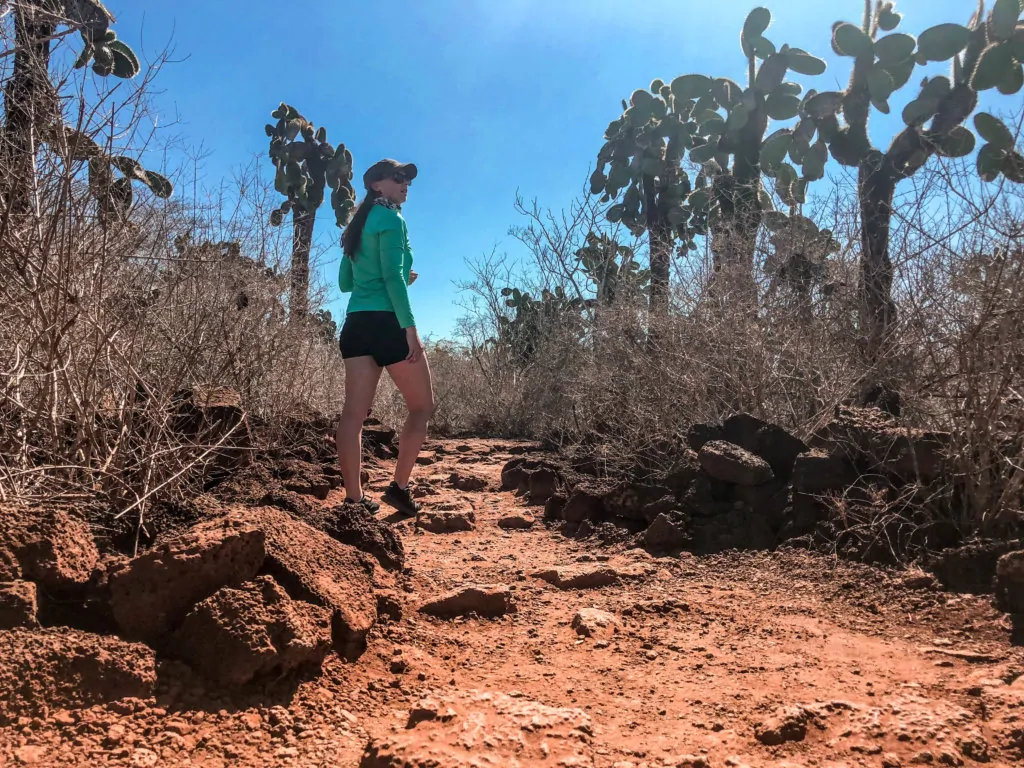
How to Get to the Galapagos Islands
The only way to get to the Galapagos Islands is by air from mainland Ecuador. Most people fly there from Quito, Ecuador, with a layover in Guayaquil. The layover in Guayaquil is typically short, without requiring you to deplane. Three airlines fly from Quito to the Galapagos: LATAM, Aviance, and TAME. You can check the prices and times here.
There are two major airports on the Galapagos Islands: One on Baltra (Santa Cruz) and one on San Cristobal.
If you fly into Baltra Airport, which I did, you will take a free bus to a ferry about 10 minutes away. The first few buses are crowded, so take your time gathering your bags before hopping on one. Once at the ferry, you’ll pay $1 for the channel crossing to Santa Cruz.
It’s still another 30-45 minute drive into Puerto Ayora, the main town in Santa Cruz. You can take a taxi for $20-25, or another bus which will let you off at the edge of town, so you can walk the rest of the way. I opted for a taxi to take me straight to my hotel!
Don’t let this journey intimidate you; it will be very straightforward once you’re there!
Side Note: Along the way into town, you’ll pass El Chato Tortoise Reserve, which you could visit on the way. Just ask your taxi driver to wait for you.
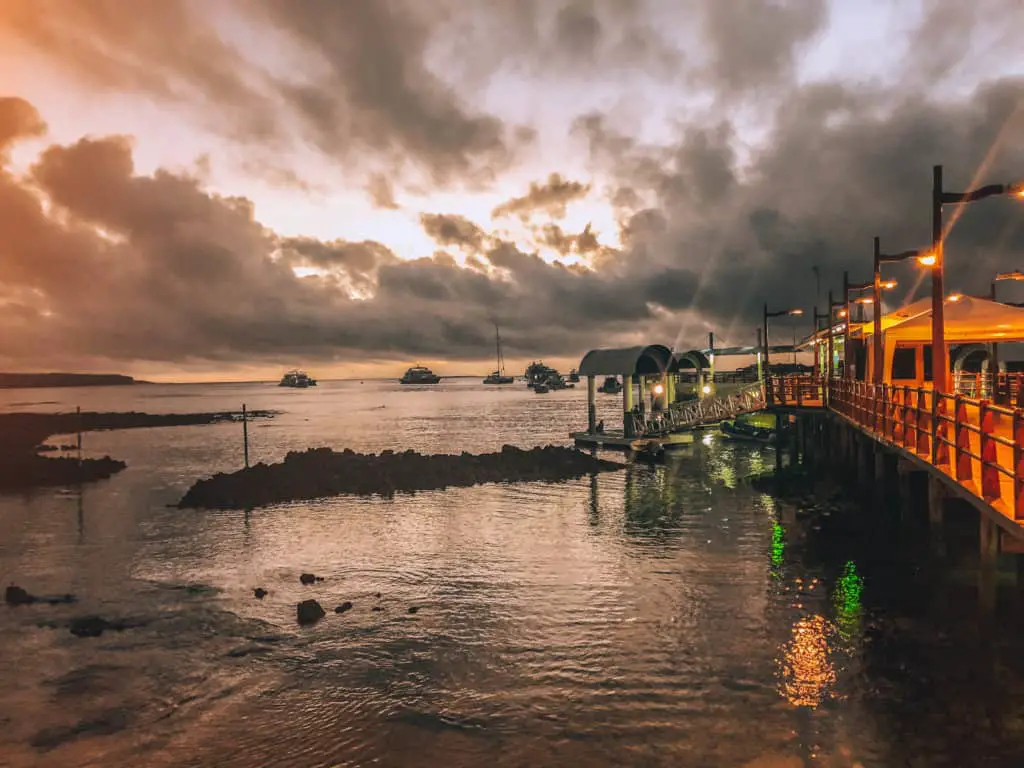
The San Cristobal airport is much easier to access as it’s right in town. You can pay for a taxi ride into town. It will be about $2-5 and take 5 minutes, depending on where your accommodation is.
I suggest flying into one airport and out of the other. For instance, I flew into Baltra, and my return flight was from San Cristobal. This allowed me to move through the islands without backtracking too much.
Isabela Island also has a small airport, and a company in Santa Cruz sets up inter-island flights if you don’t want to take a ferry.
Entrance Fees to the Galapagos Islands
There are a few unavoidable fees for entering the Galapagos Islands.
The first is a $20 visa or transit control card. You will purchase this at the airport in Quito before entering security. There is a separate security entrance for people traveling to the Galapagos, and the kiosk for the visa is just outside.
Upon arrival to the islands, there is a $100 National Park entrance fee for foreign tourists over 12. Those under 12 pay $50, and those of the Andean Community or Ecuadorian citizens have a different fee.
Additionally, Isabela Island requires a $10 entrance fee.
All of these fees must be paid in cash only. So, let’s chat money on the Galapagos.
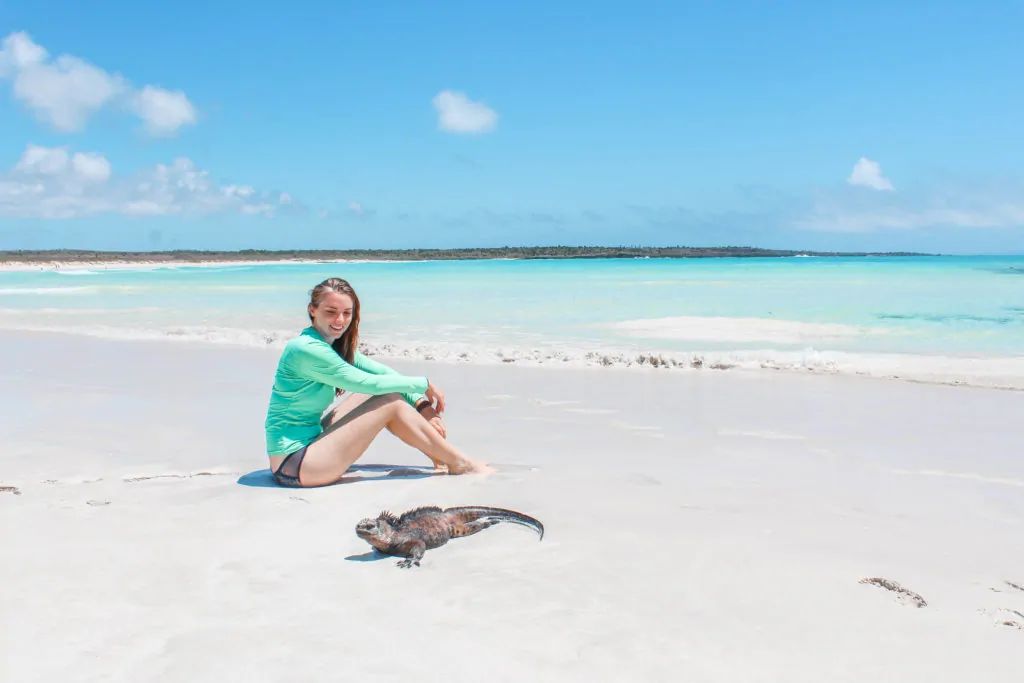
Money on the Galapagos Islands
Ecuador’s currency is the US dollar, and most places in the country are cash only, including the Galapagos. There are only ATMs in Santa Cruz and San Cristobal. So, stock up on cash before arriving on the islands or leaving these two main islands. Some companies will accept credit cards, but a hefty fee is typically associated with this. Be sure to clarify before swiping.
Inter-Island Transportation
The easiest way to move between islands is via ferry.
From Santa Cruz Island you can get to Isabela Island, Floreana Island, and San Cristóbal Island. Surprisingly, the travel time from Santa Cruz to each island is 2 hours.
Ferry Routes & Costs:
- Santa Cruz to/from San Cristóball: $40
- Santa Cruz to/from Isabela Island: $40
- Santa Cruz to/from Floreana: $50
There are twice daily departures from Santa Cruz to and from San Cristóbal and Isla Isabela. However, the ferry does not operate daily to Floreana Island.
The ferry cost is set, so no matter which tourist office you walk into to purchase, you’ll get the same price, which takes much of the hassle out of the budgeting process.
You may also need to pay $1.50 for the water taxi to take you to and from the port to the ferry.
Boarding the ferries is similar to boarding a flight. You’ll show up at the port, and an hour before boarding, they will check your luggage to ensure nothing foreign is brought onto the next island. They’ll call your ferry destination as boarding begins.
Again, there are inter-island flights operated by Emetebe. Check their website for the most up-to-date information.
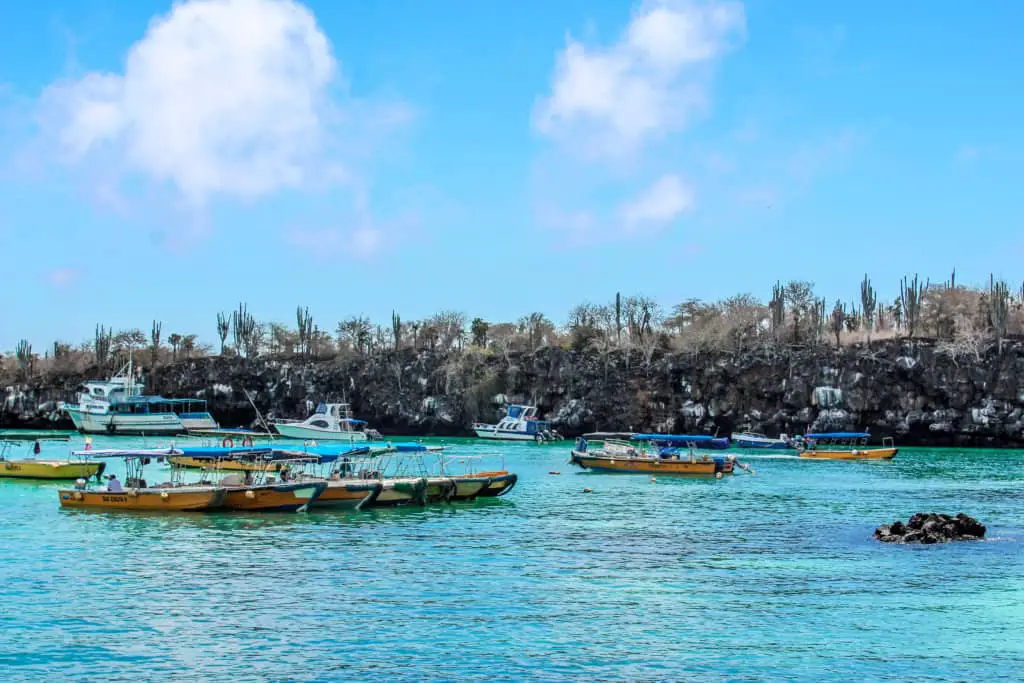
Ground Transportation on the Island
There are buses that service Santa Cruz and San Cristóbal. However, taxis are the most common and convenient mode of transportation. Taxis are white pick-up trucks with standard rates for common stops. Many act like mini tour guides and will give you daily or multiple-hour rates if you want to see multiple places on the island.
Taxis are also boats! You can take water taxis to various places in Santa Cruz. For instance, you can take a water taxi from town to snorkel at Las Grietas. It generally costs 80 cents. But it could cost $1 or $1.50.
If you get tired of walking and don’t want to pay for taxis, bicycles can be rented by the hour or day in Santa Cruz, San Cristóbal, and Isabela. It’s usually around $10 for a rental.

Interacting with Wildlife on the Galapagos Islands
This UNESCO World Heritage Site is teeming with wild animals. One thing that I think is done well when visiting the Galapagos is that there are multiple educational opportunities for how to “interact” with the wildlife.
On the plane, there is an educational video about wildlife, and the most significant thing to remember is that you are a visitor in their home. Respect them and give them space.
We all are very familiar with what 6 ft of distance looks like since 2020, so give the animals their space. Do not touch them, pick them up, or get in their face to take a photo.
They are wild animals, and even though it’s fun and cute to snorkel with sea lions, they are still unpredictable. So exercise caution and follow the regulations the Galapagos National Park put in place!
When choosing your tour operator, make sure to check that they use eco-friendly and sustainable practices.
Also, when you make your Galapagos packing list, remember that any lotions or creams will end up in the water, so choose ones that are reef-friendly.
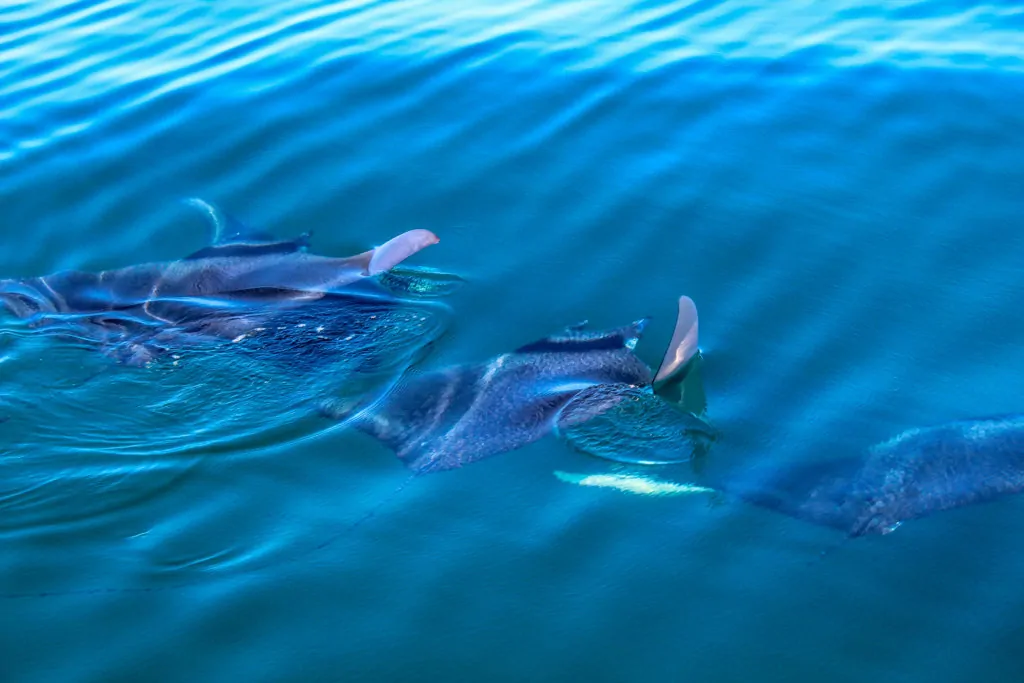
Accommodation on the Galapagos Islands
The Galapagos Islands offers a wide variety of accommodation options for every budget. There are hostels, mid-range hotels, and, of course, luxury hotels. Many of the hostels come with a kitchen, free breakfast, and are centrally located to ferries. There are also private rooms in many of the hostels.
Honestly, you’ll be out of your room for most of the day enjoying all of the wildlife, so you might as well save some money on your accommodation to splurge on tours!
Check out the best places to stay on the Galapagos Islands!
What to Do on the Galapagos Islands
Each island in the archipelago has something unique to offer. Here are the top 5 things to do on the three main inhabited islands of the Galapagos that are likely on your itinerary.
Top 5 Things to Do in Santa Cruz
Santa Cruz is the hub of activity on the Galapagos Islands. The main town and port is Puerto Ayora. Here, you can find last-minute deals on a Galapagos cruise, take day trips to remote islands, or simply enjoy all there is to do and see on this island.
1. Charles Darwin Research Station: Explore the renowned research station dedicated to the preservation and study of the Galapagos’ unique flora and fauna. You can easily walk here from town to see the giant Galapagos tortoises and learn about ongoing conservation efforts.
2. Tortuga Bay: Take a leisurely walk or bike ride to Tortuga Bay, one of the most beautiful beaches in the Galapagos. Enjoy white sand, crystal-clear waters, and the chance to spot marine iguanas and sea turtles.
3. Las Grietas: Las Grietas is the best place to snorkel on Santa Cruz Island. You’ll take a water taxi or hike here!
4. Los Gemelos: Escape into the highland landscape with a hike around the Twin Craters, which are giant volcanic sinkholes. I recommend this day tour!
5. Garrapatero Beach: Garrapatero Beach is a secluded spot with white sands and opportunities for kayaking and snorkeling. You may see flamingos!

Top 5 Things to Do in Isabela Island
Isabela Island, the largest island in the Galapagos archipelago, feels like stepping into a remote world where wildlife is in charge. And it is! The port is called Puerto Villamil. Here are the top five activities to immerse yourself in the unique charm of Isabela:
1. Sierra Negra Volcano: Book a day tour to hike the Sierra Negra Volcano, one of the most active volcanoes in the Galapagos.
2. Los Tuneles: One of the best snorkeling tours in the Galapagos Islands is the Los Tuneles Day Trip. You’ll snorkel deep in the lava formations among sea turtles, manta rays, and sharks. You may even see blue-footed boobies mating! Book your Los Tuneles snorkeling tour here.
3. Tintoreras Islets: See penguins, marine iguanas, and sea lions on a guided boat tour of the Tintoreras Islets, a group of small isles known for their unique wildlife and vibrant marine environment. Book your Las Tintoreras day tour here.
4. Flamingo Lagoon: Witness pink flamingos in their natural habitat, set against the backdrop of mangroves and picturesque landscapes.
5. Wall of Tears: Rent a bike to explore the hauntingly beautiful Wall of Tears, a historical site built by prisoners during the Ecuadorian penal colony era. Rent your bike from Galapagos Bike and Surf!
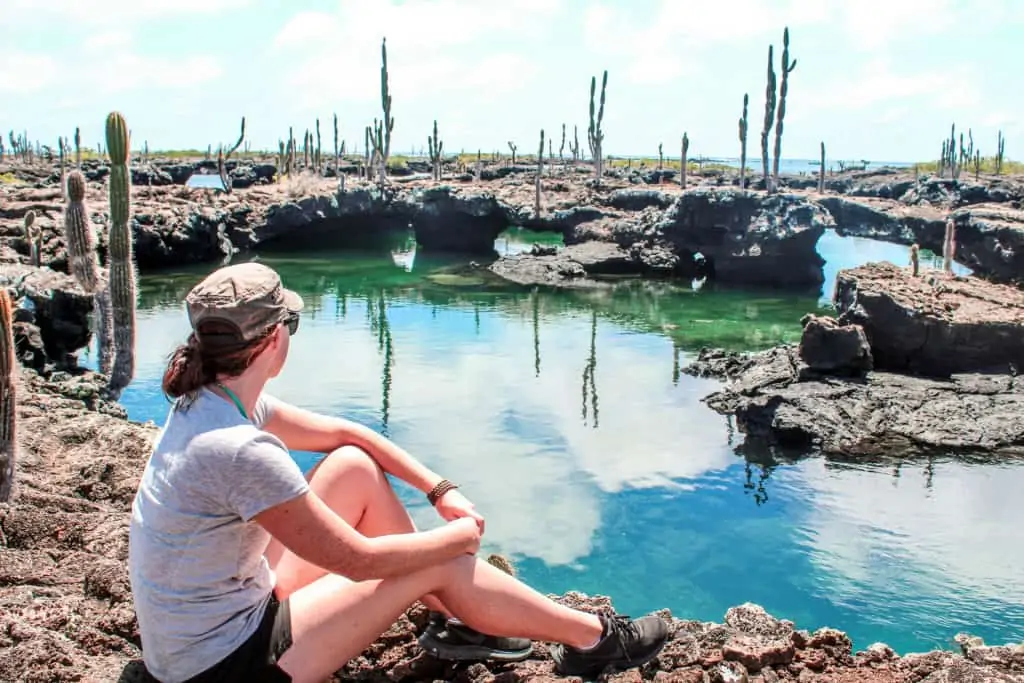
Top 5 Things to Do in San Cristóbal Island
San Cristóbal is the third main island to visit; its main town and port is Puerto Baquerizo Moreno. Here are the five top things to do on San Crisóbal Island:
1. Kicker Rock: The guided day tour to Kicker Rock is a must-do in San Cristóbal. You’ll snorkel through and around the iconic volcanic formation to see hammerhead sharks, sea turtles, and other colorful fish! You may even see red-footed boobies on the way! Book your Kicker Rock tour with Galapagos Eco Fishing.
2. Cerro Tijeretas: Hike to Cerro Tijeretas for spectacular views and encounters with frigatebirds, known locally as “tijeretas” for their scissor-like tails. There are beautiful beaches and places to swim on the way.
3. La Loberia: La Loberia is a pristine beach with a colony of playful sea lions. You can snorkel with them here!
4. Galapagos Interpretation Center: The Galapagos Interpretation Center shares information about the archipelago’s formation, unique ecosystems, and ongoing conservation efforts through informative exhibits and displays.
5. Taxi Tour: Take a taxi tour around the island! You’ll stop at San Cristóal Biological Reserve (the only freshwater lake on the islands), the Galapguera de Cerro Colorado (Giant Tortoise breeding center), and the stunning white sand beach of Puerto Chino!
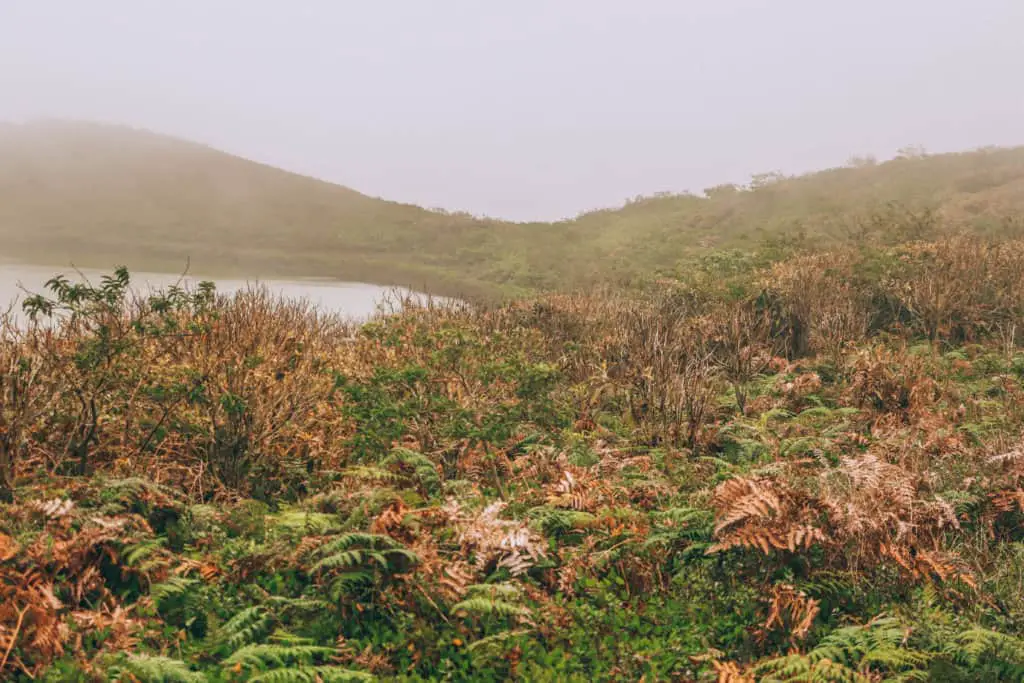
Like this post? Pin for later!


